

It’s important to look at sustainable opportunities via materials and processes. Our commitment is broader. Our priority is to understand the requirements of the product and recommend a material structure that ensures shelf stability, durability, compatibility, and preserves the aesthetic and functional integrity – from development to delivery at the consumer’s home.
What are ocean bound plastics?
Ocean Bound plastics are not recovered from the ocean, but are recycled materials made from plastic that would have ended up in the ocean. Most of it is from land-based sources, i.e., plastic waste that is discarded on the ground within 50km of a seashore. In other words, this is plastic recovered BEFORE it enters the ocean and degrades to a point of being unusable in packaging.
Why don’t we use plastics that come out of oceans as sustainable packaging solutions?
Discarded plastic that winds up in the oceans is subjected to numerous physical stressors, over a short period of time, as it progresses from land to a waterway and out to the ocean. Prolonged exposure to sunlight, temperature variations, wave action, and saltwater can degrade the chemical and mechanical characteristics of the plastic and renders it unstable.
What are the advantages of using Ocean Bound plastics?
The primary advantage of using Ocean Bound plastics is that it is a sustainable and environmentally responsible choice. Any material that is used through this process prevents that material from winding up in our oceans. There is an increasing awareness amongst consumers of environmentally responsible products and the impact of discarded plastic packaging on our oceans, so the use of ocean plastics in packaging makes the product more desirable to such consumers.
What are some watch-outs with using Ocean Bound plastics?
- It is extremely expensive, up to 3 times more than virgin resin
- The supply chain is not sound – the materials are sourced primarily from countries where it is most likely to end up in the oceans— such as China, Indonesia, Vietnam, the Philippines and Sri Lanka, and availability is tough
- The material is a mixed bag, HDPE, PET, PP all mixed together and not separated which makes vendors wary of putting it through their machines.
- Bottles are typically gray in color unless a strong dark color is added
What is OceanBound Plastic? Is it the same as ocean plastic?
OceanBound plastic is the brand name of a sustainable ocean plastic product, made by Envision Plastics (a division of CCC) using source materials obtained from verified partners who collect and ship to the US ocean plastics from countries where it is most likely to end up in the oceans.
OceanBound Plastic is a versatile resin that can be used as-is, up to 100%, or processed further to create related products. These products include PRISMA (a highly customized recycled solution for applications where color is critical) and Deodorized Resin (a post-consumer resin that has been cleaned and deodorized using Envision’s proprietary process).
TricorBraun is North America's largest packaging distributor, an active member of the PackHub, Sustainable Packaging Coalition, and participates in Ecovadis.
Download this resource for future reference.



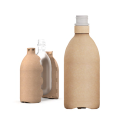
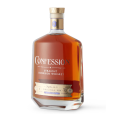
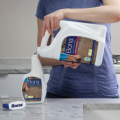
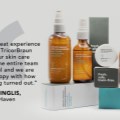
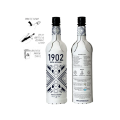
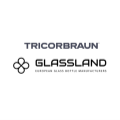
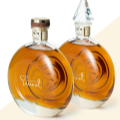
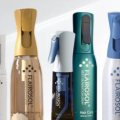
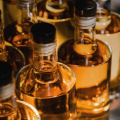
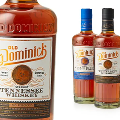


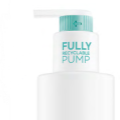
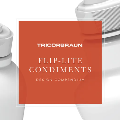
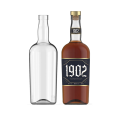
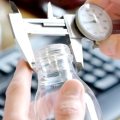
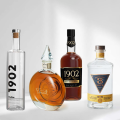
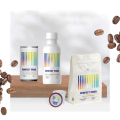
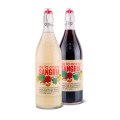
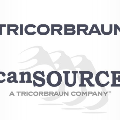
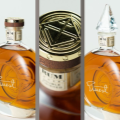
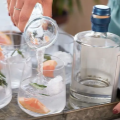
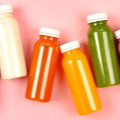
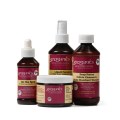
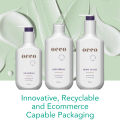
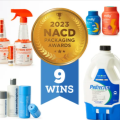
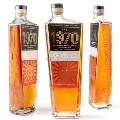
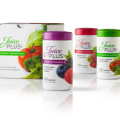
.jpg)
.jpg)
.jpg)
.jpg)











